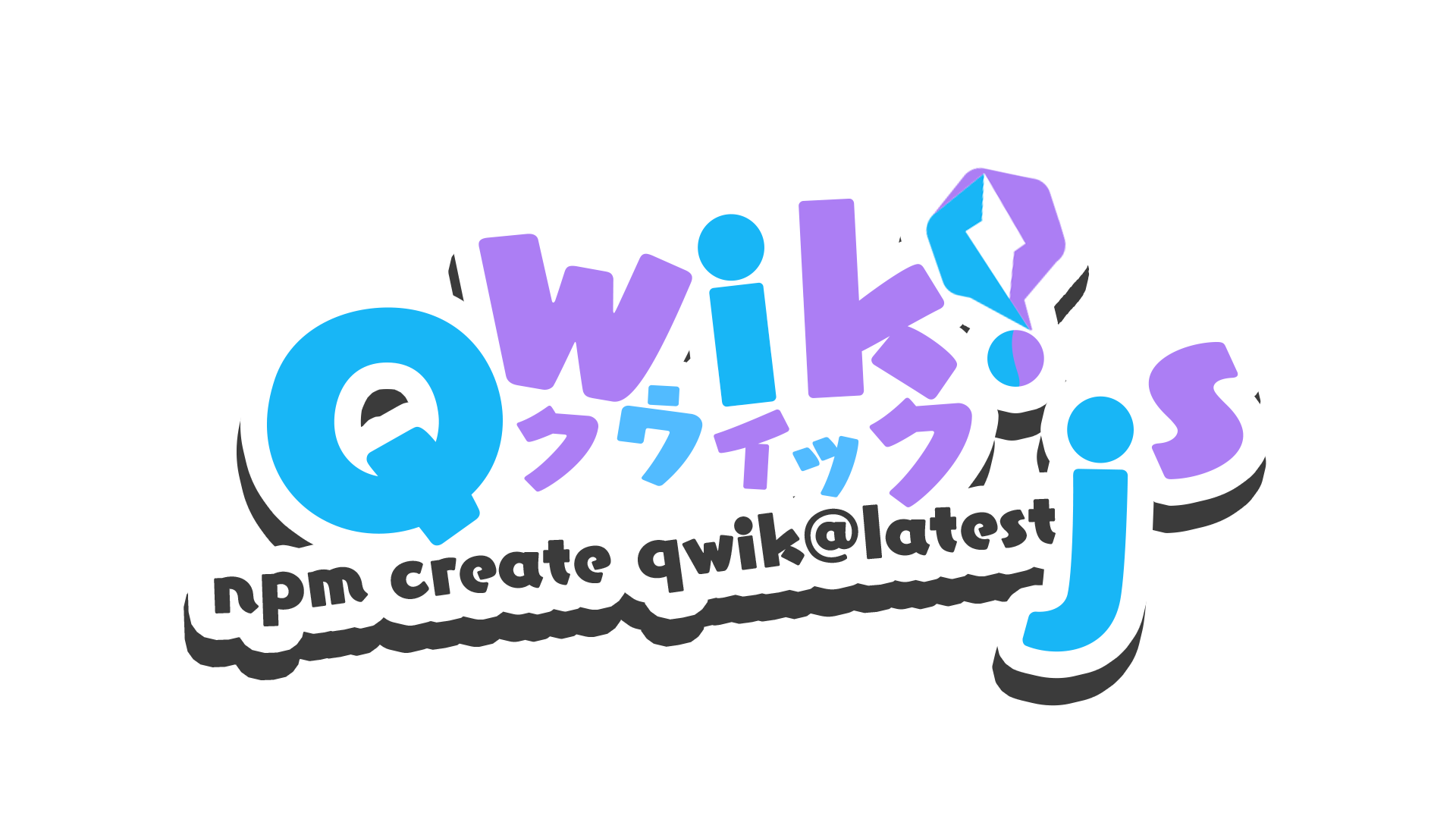The Edge-First Approach (What Actually Works)
I just finished migrating a client's React dashboard to Qwik with Vercel Edge deployment. The performance difference is so dramatic their users asked if we "fixed the internet."
Here's the thing nobody tells you: Qwik was designed for edge computing from day one. While Next.js apps struggle with edge runtime limitations, Qwik apps thrive in the constraints of Cloudflare Workers and Vercel Edge Functions.
Real deployment story: I deployed a 40-component e-commerce catalog to Cloudflare Workers last month. First attempt timed out during HTML serialization because the product grid was too complex. Solution? Split the grid into lazy-loaded chunks of 10 items each. Now it loads in under 200ms globally and never hits the CPU time limit.
Platform-Specific Deployment Patterns
Vercel Edge Functions - The Goldilocks Choice:
npm create qwik@latest
cd my-qwik-app
npm add --save-dev @builder.io/qwik-city/adapters/vercel-edge
Configure `vercel-edge` adapter in vite.config.ts:
import { vercelEdge } from '@builder.io/qwik-city/adapters/vercel-edge/vite';
export default defineConfig(() => {
return {
plugins: [qwikCity({
adapters: [vercelEdge()]
})]
};
});
Why Vercel Edge just works with Qwik:
- 128MB memory limit forces you to lazy-load properly (good thing)
- 30-second timeout is plenty for Qwik's serialization
- Native streaming response matches Qwik's resumability perfectly
- Global edge gets you sub-100ms TTFB
Watch out for: Import restrictions - only Web APIs, no Node.js filesystem bullshit.
Cloudflare Workers - Fastest but Finicky:
npm add --save-dev @builder.io/qwik-city/adapters/cloudflare-pages
wrangler pages project create my-qwik-app
The Cloudflare adapter handles the runtime integration:
import { cloudflarePagesAdapter } from '@builder.io/qwik-city/adapters/cloudflare-pages/vite';
Why Cloudflare Workers beats everyone on speed:
- Sub-millisecond cold starts with V8 isolates
- 275+ cities worldwide
- $0.50/million requests (cheapest option)
- Durable Objects for when you need state
The serialization timeout trap: Complex pages hit the 30-second CPU limit during HTML serialization. Profile your largest pages - if server-side rendering takes over 10 CPU seconds locally, it'll timeout in production.
I learned this the hard way with a data dashboard containing 200+ chart components. Split it into 4 lazy-loaded sections and never hit the timeout again.
Container Deployment for Enterprise Scale

When edge functions aren't enough - high-traffic enterprise apps, complex integrations, or regulatory requirements - traditional containers still make sense.
Docker setup that actually works:
FROM node:18-alpine AS base
WORKDIR /app
COPY package*.json ./
RUN npm ci --only=production
FROM base AS builder
RUN npm ci
COPY . .
RUN npm run build
FROM node:18-alpine AS runner
WORKDIR /app
COPY --from=base /app/node_modules ./node_modules
COPY --from=builder /app/dist ./dist
COPY --from=builder /app/server ./server
EXPOSE 3000
CMD ["node", "server/entry.server.js"]
Why this Dockerfile works for Qwik:
- Multi-stage build reduces final image size
- Node 18 Alpine provides minimal runtime
- Preserves Qwik's server entry point
- Includes only production dependencies
Kubernetes deployment pattern:
apiVersion: apps/v1
kind: Deployment
metadata:
name: qwik-app
spec:
replicas: 3
selector:
matchLabels:
app: qwik-app
template:
spec:
containers:
- name: qwik
image: your-registry/qwik-app:latest
ports:
- containerPort: 3000
env:
- name: NODE_ENV
value: "production"
resources:
requests:
memory: "256Mi"
cpu: "250m"
limits:
memory: "512Mi"
cpu: "500m"
Production reality check: I deployed a Qwik app to Google Cloud Run with 2GB memory limits. Memory usage never exceeded 180MB per container, even under heavy load. Qwik's lazy loading means most code never enters memory.
Build Optimization for Production
The Qwik optimizer does heavy lifting, but you can squeeze out more performance:
Vite production config:
export default defineConfig({
build: {
minify: 'terser',
rollupOptions: {
output: {
manualChunks: {
vendor: ['@builder.io/qwik', '@builder.io/qwik-city']
}
}
}
},
plugins: [
qwikCity({
trailingSlash: false // Avoid redirect overhead
}),
qwikVite({
csr: false // Server-render everything for better TTFB
})
]
});
Bundle analysis that matters:
npm run build.client -- --analyze
This generates dist/build/q-stats.json showing actual chunk distribution. Look for:
- Chunks over 50KB (break them up)
- Unused library imports (remove or lazy-load)
- Components that never lazy-load (probably should)
Real optimization example: A client's app had a 180KB chunk containing all form validation logic. We wrapped validators in $() functions, dropping initial bundle to 12KB. Form validation still works instantly - it downloads when users focus input fields.
Security Hardening for Production
Content Security Policy for Qwik apps:
// In entry.ssr.tsx
export default function(opts: RenderToStreamOptions) {
return renderToStream(<Root />, {
...opts,
containerAttributes: {
lang: 'en-us',
'data-theme': 'dark'
},
serverData: {
...opts.serverData,
headers: {
'Content-Security-Policy': "default-src 'self'; script-src 'self' 'unsafe-inline'; style-src 'self' 'unsafe-inline';"
}
}
});
}
Why CSP with Qwik is tricky:
- Inline event handlers need
'unsafe-inline'for scripts - Dynamic imports require
'self'or specific domains - Prefetch hints inject
<link>tags that need policy allowance
I spent 2 days debugging CSP violations on a banking app deployment. Qwik's optimizer generates inline scripts for prefetching that violated strict CSP. Final solution: allow 'unsafe-inline' for scripts but lock down everything else.
Environment variable management:
## .env.production
QWIK_PUBLIC_API_URL=https://api.example.com
PRIVATE_DB_CONNECTION=postgresql://...
Critical: Qwik exposes variables prefixed with QWIK_PUBLIC_ to client-side code. I've seen leaked database credentials because devs forgot this prefix rule. Double-check your production .env files.
Rate limiting and monitoring:
Edge functions need application-level rate limiting since they can't use traditional server middleware:
// In server$() functions
export const submitForm = server$(async function() {
const clientIP = this.request.headers.get('cf-connecting-ip') ||
this.request.headers.get('x-forwarded-for');
// Implement your rate limiting logic here
if (await isRateLimited(clientIP)) {
throw new Error('Rate limit exceeded');
}
// Process form...
});
Deploy these patterns and your Qwik app will handle production traffic without the usual edge case nightmares.
For more deployment strategies, see Builder.io's production deployment guide and This Dot's workshop on performance optimization. The Slashdev production guide covers SEO considerations, while JavaCodeGeeks' framework comparison provides performance context. For enterprise deployments, check RemotePlatz's scaling analysis and UnitySangam's 2025 comparison guide.

